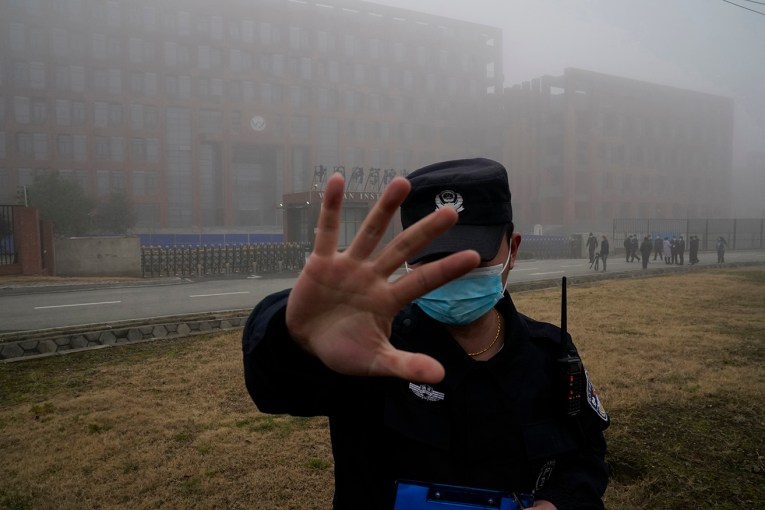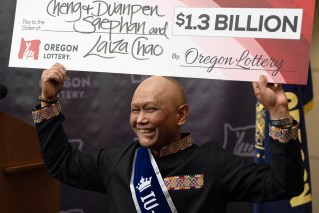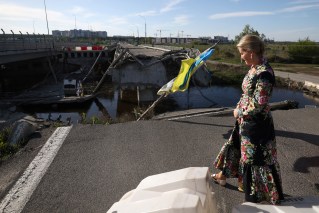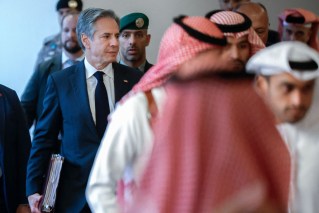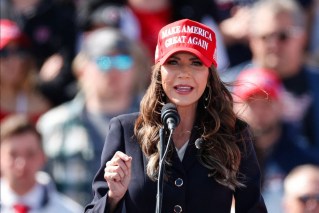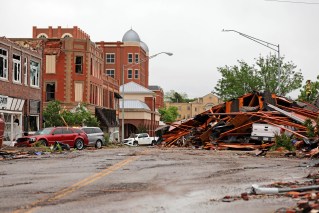‘Monumental’ deal to cut greenhouse gases

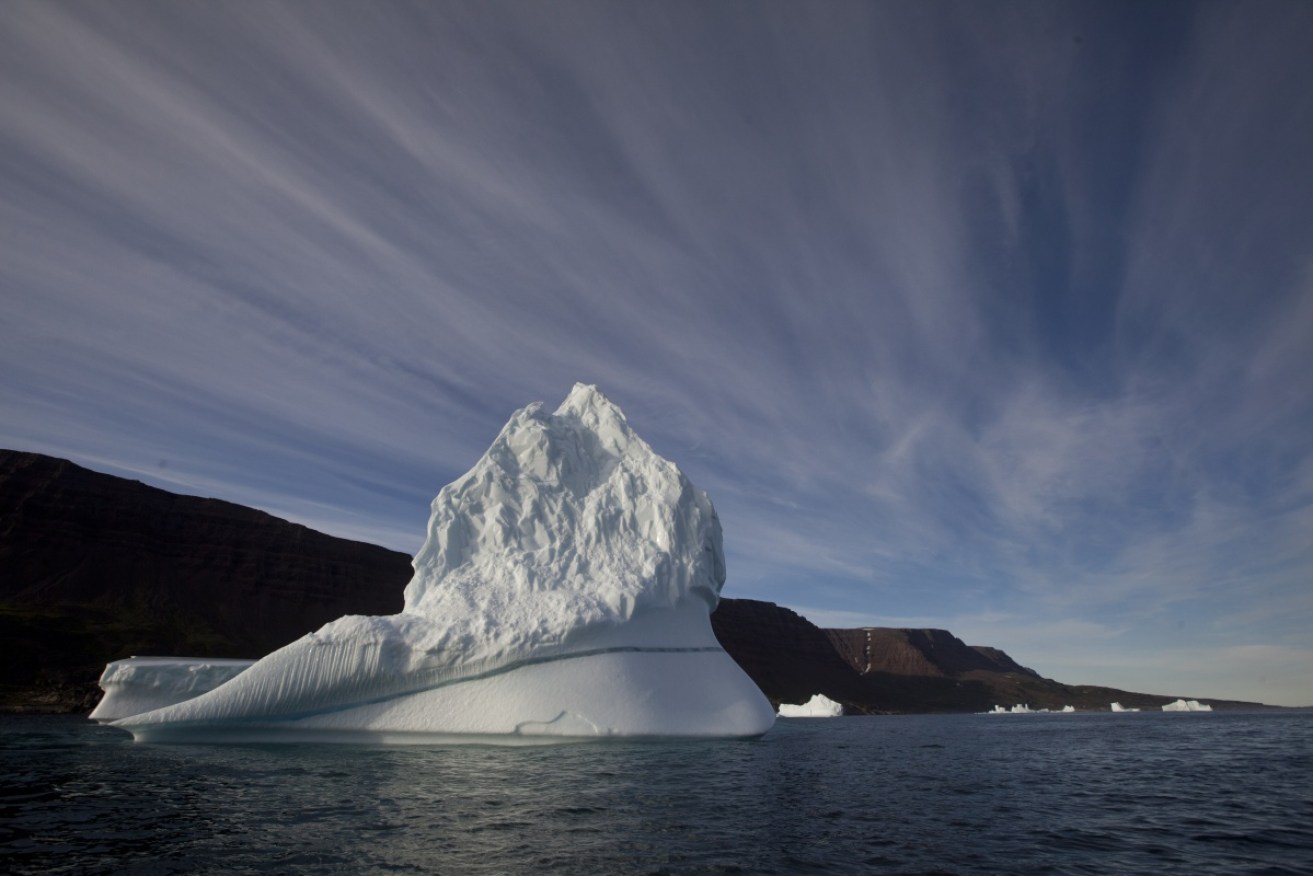
It is hoped the Kigali amendment will put a half-degree Celsius dent in global warming by the end of the century Photo: AAP
Almost 200 countries have reached a “monumental” deal to phase out greenhouse gases.
Delegates meeting in Rwanda accepted a complex amendment to the 1987 Montreal Protocol that will require richer countries to cut back on their use of hydroflurocarbons (HFCs), which are widely used in fridges, air conditioning and aerosol sprays.
US Secretary of State John Kerry, who helped forge the deal in a series of meetings in the Rwandan capital of Kigali, said it was a significant victory in the fight against global warming.
“It’s a monumental step forward, that addresses the needs of individual nations but it will give us the opportunity to reduce the warming of the planet by an entire half a degree centigrade,” he told BBC News.
“The Kigali amendment is the most significant climate mitigation step the world has ever taken,” said Rwanda’s natural resources minister, Vincent Biruta.
The Kibali amendment features three separate pathways and deadlines for the 197 countries who have signed up
Nations with wealthier economies, such as the US, European Union nations and Australia, would be required to start limiting their use of HFCs within a few years and show a cut of at least 10 per cent from 2019.
Other developing nations, such as China, Latin American countries and island states, would freeze their use of HFCs from 2024. Controversially, China, the world’s largest producer of HFCs, would not actually begin to cut its production or use until 2029.
Other nations, specifically India, Pakistan, Iran, Iraq and the Gulf states would not freeze their use until 2028.
Unlike last year’s Paris agreement, the Kigali deal is legally binding, has very specific timetables and has an agreement by rich countries to help poor countries adapt their technology.

The 28th Meeting of the Parties to the Montreal Protocol on Substances that Deplete the Ozone Layer, in Kigali, Rwanda.
Scientists have said the Kigali amendment could put a half-degree Celsius dent in global warming by the end of the century.
Several observers remained critical of the Kigali pact, however, suggesting delegates had compromised and that the agreement may have less impact than expected.
They suggested concessions made to India and China had weakened the overall impact of the agreement, and that the stated target of cutting global warming by 0.5 degrees may not be realised.
Celebratory mood at Kigali Convention Centre Following the adoption of the #KigaliAmendment to the #MontrealProtocol. A Historic moment! pic.twitter.com/paA4bdsbOw
— Rwanda Environment Management Authority (@REMA_Rwanda) October 15, 2016
“They needed an agreement here as it’s seen as an Obama legacy, so the US delegation has been pretty aggressive in making China and India get to an agreement,” said Paula Tejon Carbajal from Greenpeace International.
“It’s an incremental step towards 0.5 degrees but its not there yet, they say that the market will work to get us there, but we are not there yet.”
A small group of countries including India pushed for and secured a later start to the HFC cuts, arguing that their economies needed more time to grow.

US Secretary of State John Kerry shakes hands with India’s Minister of Environment, Forest and Climate Change Shri Anil Madhav Dave in Kigali.
Clare Perry, UK Climate Campaign Leader with the Environmental Investigation Agency, acknowledged “compromises had to be made, but 85 per cent of developing countries have committed to the early schedule starting 2024, which is a very significant achievement”.
Factory-made HFCs were introduced in the 1990s to replace chemicals that had been found to erode the ozone layer, but it was later discovered they could be 10,000 times more powerful than carbon dioxide as greenhouse gases.
However, swapping HFCs for alternatives such as ammonia, water or gases called hydrofluoroolefins could prove costly for developing nations with sweltering summer temperatures, such as India.
The Kigali meeting was known as the 28th Meeting of the Parties to the Montreal Protocol on Substances that Deplete the Ozone Layer.
The next meeting in 2017 will determine just how much of the billions of dollars needed to finance the reduction of HFCs will be provided by countries.
– with BBC
